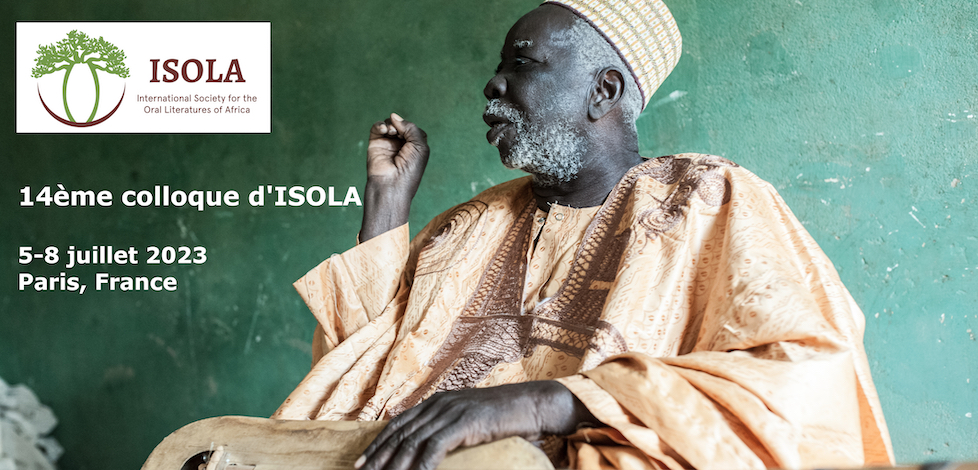Au centre du Maroc, dans la région de Souss, l'arganier, cet arbre endémique, s'impose comme élément historique, culturel, gastronomique et cosmétique,... Il sert aussi à stopper la désertification, étant donné que la région est proche du Sahara marocain. L'arganier, appelé dans l'amazighe, la langue locale, argane, est aussi un arbre sacré aux yeux des habitants autochtones et, de ce fait, toute une civilisation est créé autour de cette arbre (Nouaim, 2005), qui représente le meilleur model de « la relation de l'Homme à la nature » (Audrey Azoulay, 2021).
Depuis le XVIe siècle, cet arbre était le symbole même du Maroc suivant en cela la tradition orale qui nous rapporte que le grand saint de Souss, le fameux sidi Hmad ou Moussa (né vers 1460 à Ida Ou Smlal, Anti-Atlas), en visite en Orient (Bagdad), parlait du Maroc comme d'un pays marqué par la présence d'un arbre particulier. Difficile de le décrire à l'assistance, impatiente de voir cet arbre « magique », il était amené à allonger sa main de Bagdad jusqu'au Maroc pour arracher un arganier de Lakhsass et le montrer ainsi à ses interlocuteurs. Très présent dans l'imaginaire des habitants de Souss, ce saint possède même quelques arganiers loin de son village natal. C'est le cas de targant n tafukt et targant n ksisks, à douar Tin Wazuyn, Ait Baha où la légende populaire avance que Sidi Hmad ou Moussa y passait la nuit avec son bétail. Par respect, les gens ont même construit une mosquée à coté. Ainsi, si la mosquée est utilisée comme lieu de prière, les deux arganiers à coté servent comme porteurs des amulettes pour les filles célibataires et les gens malades. Dans la même région, on trouve targant n Brahim o Ali, poussée à côté d'un mausolée et d'une grotte. Cet arganier est connu par l'accueil des gens « touchés par les Djenoun » qui passent quelques nuits au sein du mausolée. La grotte à côté est utilisée comme lieu de sacrifice d'un Coq ou d'un bouc, après avoir accroché les bougies et les amulettes à l'arganier. Dans le village de Lkst, on trouve un grand arganier appelée « targant ngr igharasn » (l'arganier de la croisée des chemins). Ses amandes sont destinées uniquement aux animaux. Et enfin, dans chaque village de cette région se trouve « targant n tmzgida » (l'arganier de la mosquée) et tous les membres du village contribuent au ramassage de ses fruits en faveur de cette institution sacrée.
L'arganier est aussi présent dans un nombre important de proverbe, de mythe, de légende et surtout de chansons. Les chanteurs, Ali Chouhad ou Fatima Tabaamrant, de même pour quelques auteurs de la néo-littérature amazighe (berbère), trouvent dans cet arbre un bon sujet de création de poème sublime où la fusion Homme/arganier n'a pas besoin de démontrer.
Humanization process of a tree. The case of Argan
In the center of Morocco, in the Souss region, the Argan tree, this endemic tree, stands out as a historical, cultural, gastronomic and cosmetic element,... It also serves to stop desertification, given that the region is close to the MoroccanSahara . The Argan tree, as it is called in Amazigh, the local language, Argan, is also a sacred tree in the eyes of the indigenous inhabitants and, as a result, a whole civilization is created around this tree (Nouaim, 2005), which represents the best model of "man's relationship with nature" (Audrey Azoulay, 2021).
Since the 16th century, this tree was the symbol of Morocco, following the oral tradition which tells us that the great saint of Souss, the famous Sidi Hmad or Moussa (born around 1460 in Ida Ou Smlal, Anti-Atlas), in visit to the middle-east (Baghdad), spoke of Morocco as a country marked by the presence of a particular tree. Difficult to describe it to the audience, impatient to see this “magical” tree, he had to stretch his hand from Baghdad to Morocco to pull out an Argan tree from Lakhsass and thus showed it to his interlocutors. Very present in the imagination of the inhabitants of Souss, this saint has a few Argan trees far from his native village. This is the case of targant n tafukt and targant n ksisks, in douar Tin Wazuyn, Ait Baha where popular legend says that Sidi Hmad or Moussa spent the night there with his cattle. In showing respect to this saint, people have built a mosque nearby. Thus, if the mosque is used as a place of prayer, the twoArgan trees next to it serve as carriers of amulets for single girls and sick people. In the same region,
We find targant n Brahim o Ali, grown next to a mausoleum and a cave. This argan tree is known for welcoming people "affected by the Djenoun" who spend a few nights in the mausoleum. The nearby cave is used as a place of sacrifice for a Rooster or a goat, after having hung candles and amulets on the argan tree. In the village of Lkst, there is a large argan tree called “targant ngr igharasn” (the argan tree of the crossroads). Its almonds are intended only for animals. Finally, in each village of this region, we find “targant n tmzgida” (the argan tree of the mosque) and all the members of the village contribute to the collection of its fruits in favor of this sacred institution.
The argan tree is also present in a large number of proverbs, myths, legends and especially songs. The singers, Ali Chouhad or Fatima Tabaamrant, as well as some authors of Amazigh (Berber) neo-literature, find in this tree a good subject for creating sublime poems where the Human/argan fusion does not need to be demonstrated.

 PDF version
PDF version
